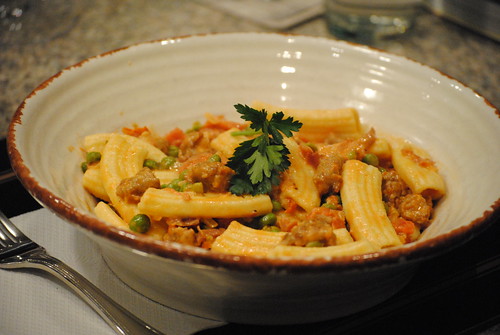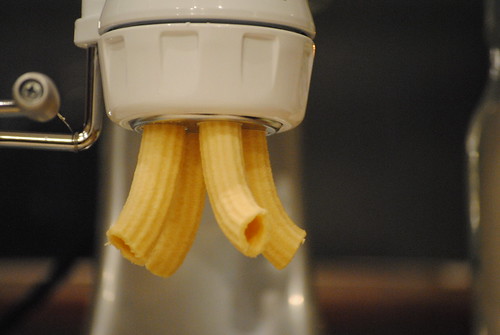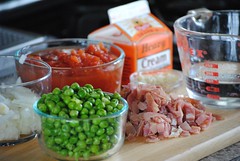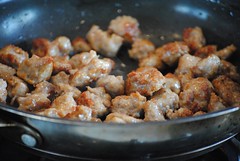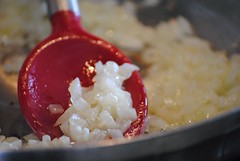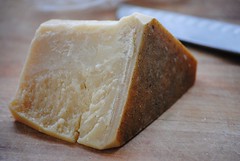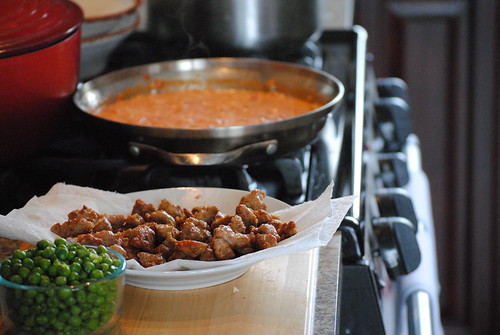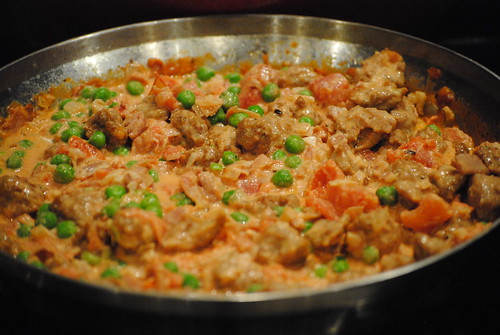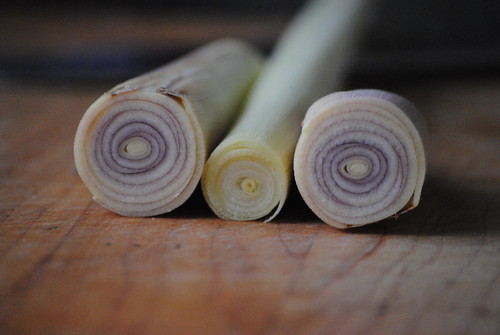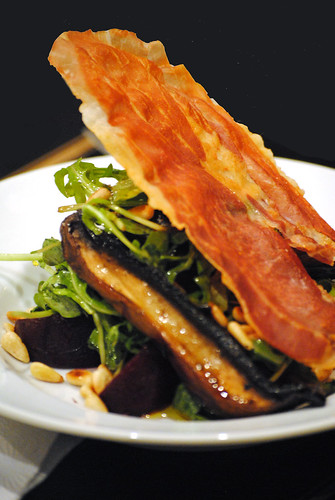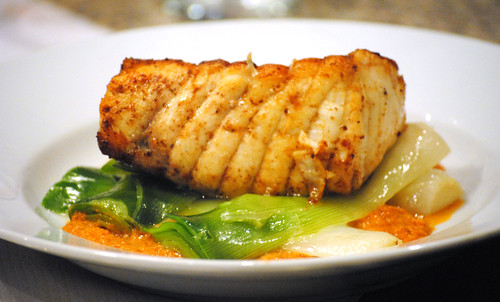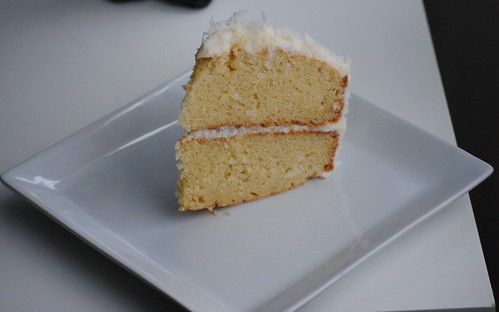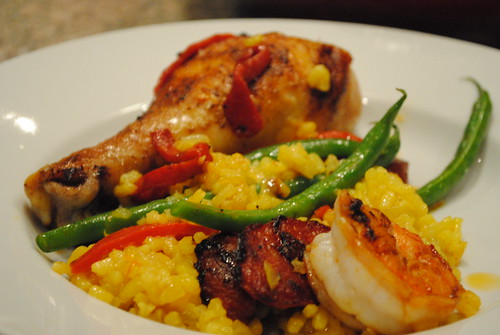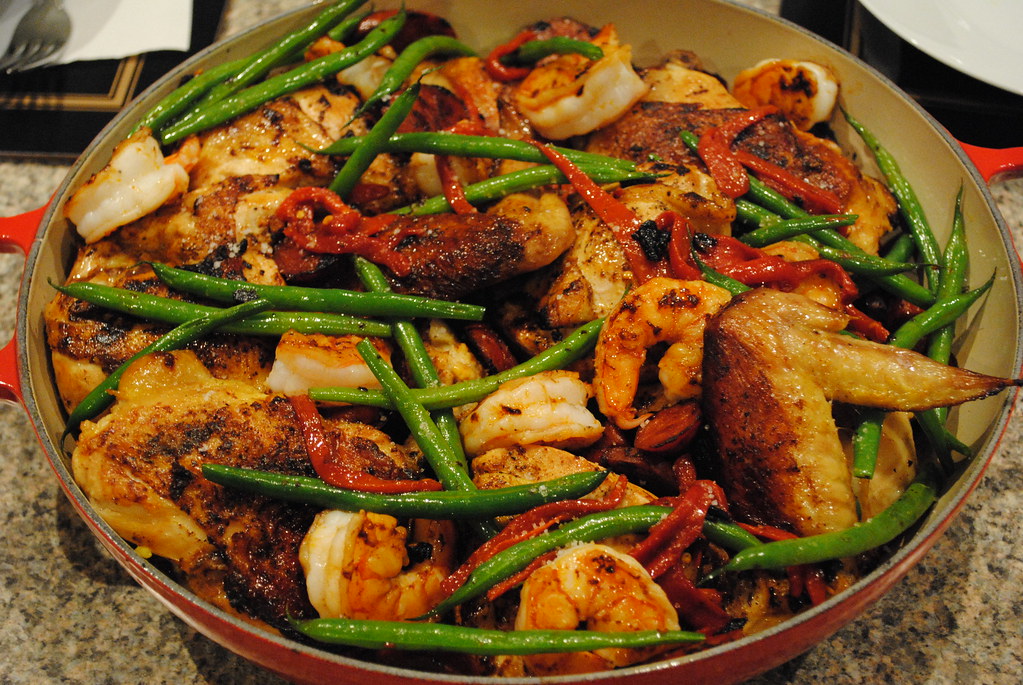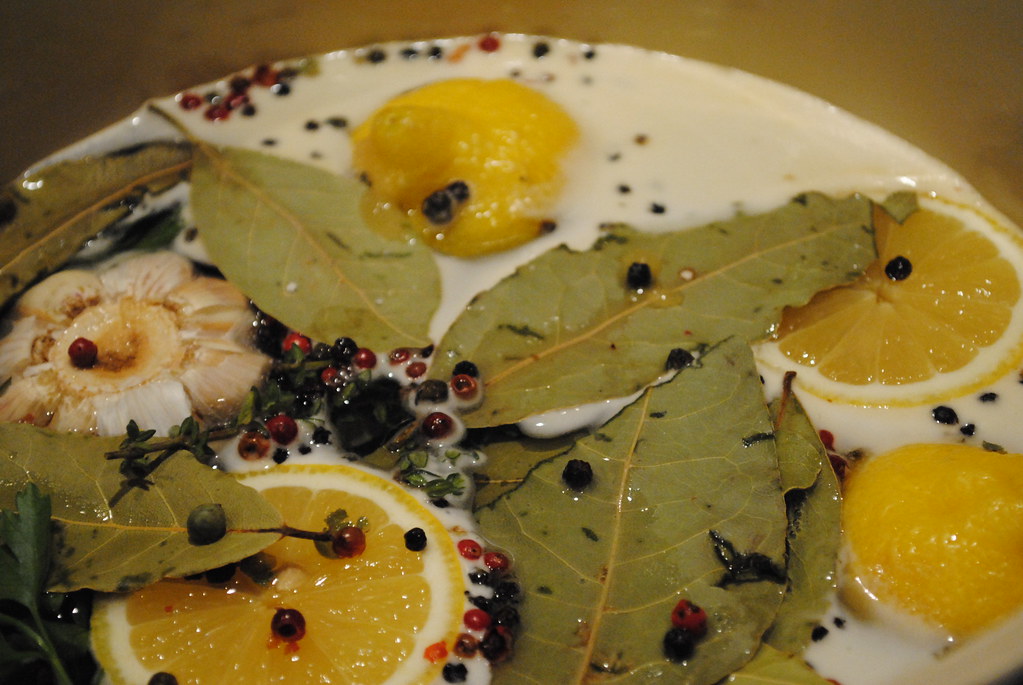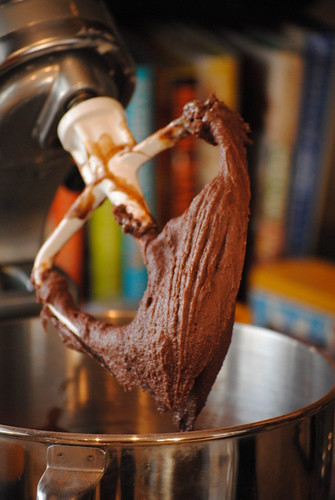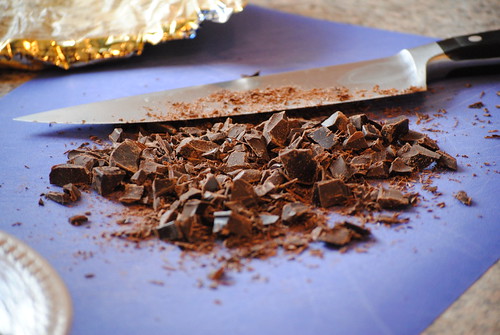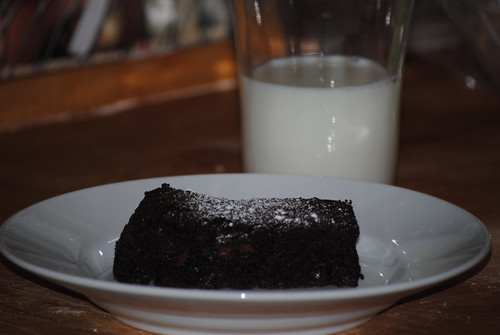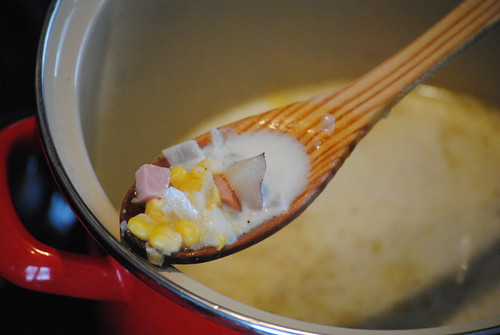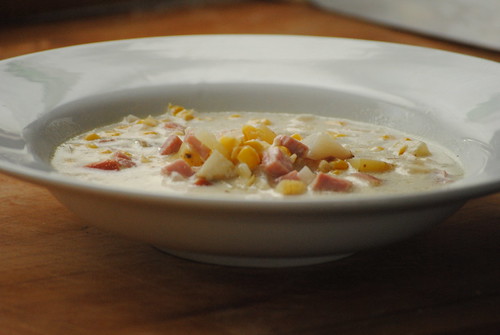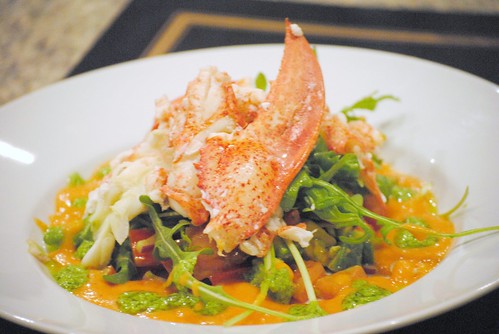
Lobster is one of those foods that makes any day feel like a special occasion. We're lucky enough to live in an area where we can get Maine lobsters any time of year, often for less per pound than the cost of deli meat. Usually I simply steam them and serve with drawn butter and corn on the cob. But I found a recipe for a lobster salad with Avocado, pesto and tomato vinaigrette and it's simply divine. Big fresh flavors from tomatoes, pesto and sherry vinegar combine with creamy avocado and succulent lobster for a first course that will impress any guests.
Make the pesto mayonnaise and tomato vinaigrette a day ahead to save time. The leftover pesto mayo makes great chicken salad - just toss a few spoonfuls with some rotisserie chicken and pile into pitas or on your favorite bread with sliced tomato, baby arugula and some shaved parmesan cheese.
Lobster Salad, Avocado, Tomato Vinaigrette
adapted from The BLT Cookbook by Laurent Tourondel
Tomato Vinaigrette
3 Tbsp. Extra Virgin olive oil
1/4 medium onion, diced
3 tomatoes, chopped, plus 1/4 cup diced
1 sprig fresh thyme
2 tsp. sugar
2 tsp. sherry vinegar
1/4 tsp. Tabasco sauce
Fine sea salt and freshly ground black pepper
Pesto Mayonnaise
1 egg
1 Tbsp. Dijon mustard
1 Tbsp. red wine vinegar
1/2 cup grapeseed oil
3 cups fresh basil leaves
1/2 cup freshly grated Parmigiano-Reggiano
4 garlic cloves
1/4 cup extra-virgin olive oil
Salad
2 Hass avocados, cut into 1/2 inch dice
2 large tomatoes, cut into 1/2 inch dice
1/2 small red onion, very thinly sliced
2 Tbsp. sherry vinegar
2 Tbsp. extra-virgin olive oil
2 lobsters, cooked and cooled, meat removed from the shells
1 cup baby arugula leaves
To make the tomato vinaigrette
In a medium saucepan, heat 3 Tbsp. extra-virgin olive oil over medium-high heat. Add the onion and saute until translucent, about 4 minutes. Add the chopped and diced tomatoes, thyme and sugar. Stir, cover and cook until tomatoes begin to soften. Remove from heat, discard stem from thyme sprig, and transfer the mixture to the bowl of a food processor. Process until well blended.
Strain the mixture through a fine-mesh strainer set over a bowl. Discard the solids. Add the vinegar and Tabasco. Season to taste with salt and pepper. Cover and refrigerate at least 3 hours. This can be made a day or two ahead.

To make the pesto mayonnaise
Place the egg in a small saucepan with water to cover. Bring to a boil . Turn off the heat; cover and let stand for 2 minutes.
Scoop out the egg into a blender. Add the mustard and red wine vinegar. With the motor running, slowly add the grapeseed oil in a thin stream. Blend until creamy and smooth. Transfer to a bowl.
Put the basil, cheese and garlic into the blender (you don't have to clean it in between). With the motor running, add 1/4 cup of olive oil in a thin stream. Blend until thick and smooth.
Scrape the pesto into the bowl with the egg mixture and stir to combine. If making ahead, cover and refrigerate. Remove from refrigerator and stir well about 15 minutes before using.

Make the salad
In a bowl, toss the avocados, tomatoes, onion, vinegar, olive oil and salt and pepper. Arrange the salad on 4 dinner plates. Top with some of the arugula. Arrange the lobster on top of the arugula. Spoon the tomato vinaigrette around the salad and the use a small spoon to drop pesto around the outside.
Serve immediately. Serves 4.







